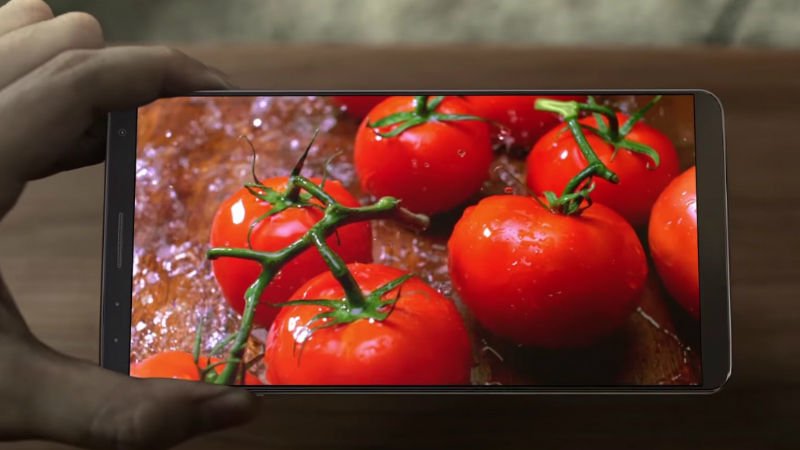
The Samsung Galaxy S8 is heavily rumoured to launch on March 29 and go on sale on April 21. Before the unveiling, however, there have been a multitude of leaks from various sources giving us a fair idea of what’s in store. The latest round of leaks shares information about the RAM/ storage situation, and the battery capacities the Galaxy S8 and Galaxy S8 Plus are expected to pack.
According to a Chinese tipster, the Samsung Galaxy S8 will be launched in a 6GB RAM/ 128GB storage variant. This is in addition to the 4GB RAM/ 64GB storage variant that was leaked earlier on several occasions. Of course, there will also be a microSD slot for further expansion if need be.
However, the tipster claims the 6GB RAM variant will be exclusive to the Chinese market at first, and South Koreans may also get it depending on demand. Samsung will later take into account market conditions and then decide whether to release the 6GB RAM variant in other international markets. In any case, Samsung will only unveil the 4GB RAM variant on launch day.
There is a separate report emerging from South Korea that claims the battery capacities for both the Samsung Galaxy S8 and Samsung Galaxy S8 Plus will be more than last year’s Samsung Galaxy S7 and Samsung Galaxy S7 Edge. According to the report, the Samsung Galaxy S8 will have a 3250mAh battery and the Samsung Galaxy S8 Plus will sport a 3750mAh battery, higher than their predecessors (the Samsung Galaxy S7 and Galaxy S7 Edge) that packed a 3000mAh and 3600mAh battery respectively. This is essential given that both the smartphones are tipped to sport larger screens, with 5.8-inch and 6.2-inch display sizes respectively.
Just to recap, previous rumours indicate that the Samsung Galaxy S8 and Galaxy S8 Plus will sport large dual-edge curved displays with very thin bezels, as well as no Home Button. The displays will be pressure sensitive, and iris scanners will also be integrated. At the back will be the cameras, fingerprint sensora, and the logos sitting in the centre. There’s also expected to be a dedicated Bixby Button on the edge of the smartphone.
[“source-ndtv”]










